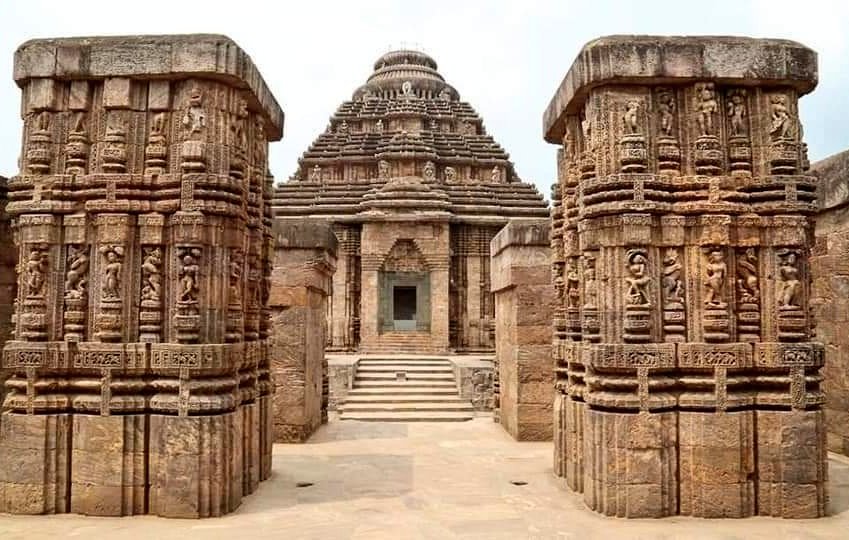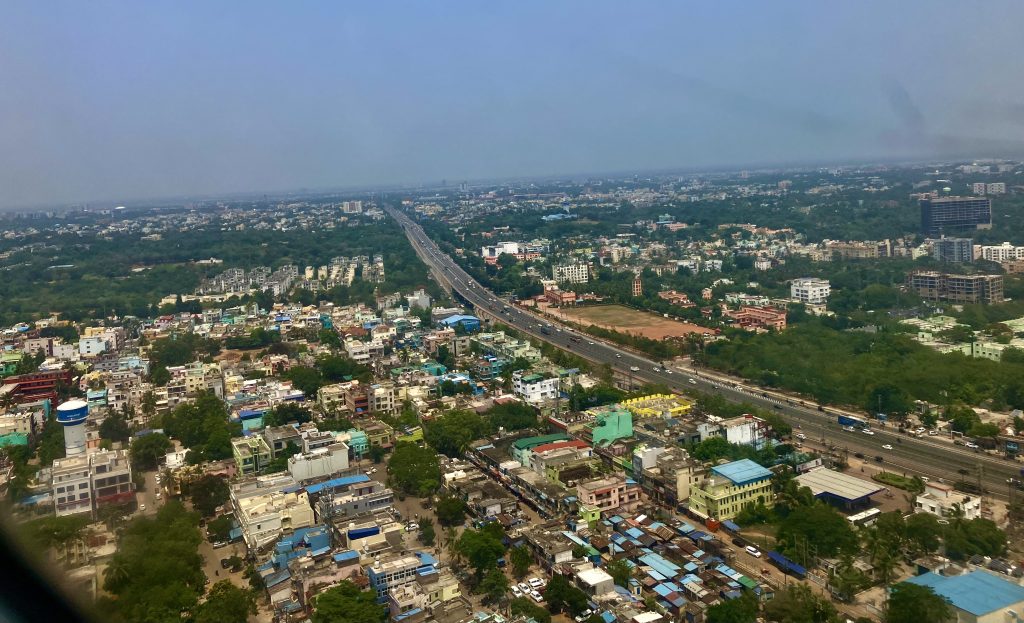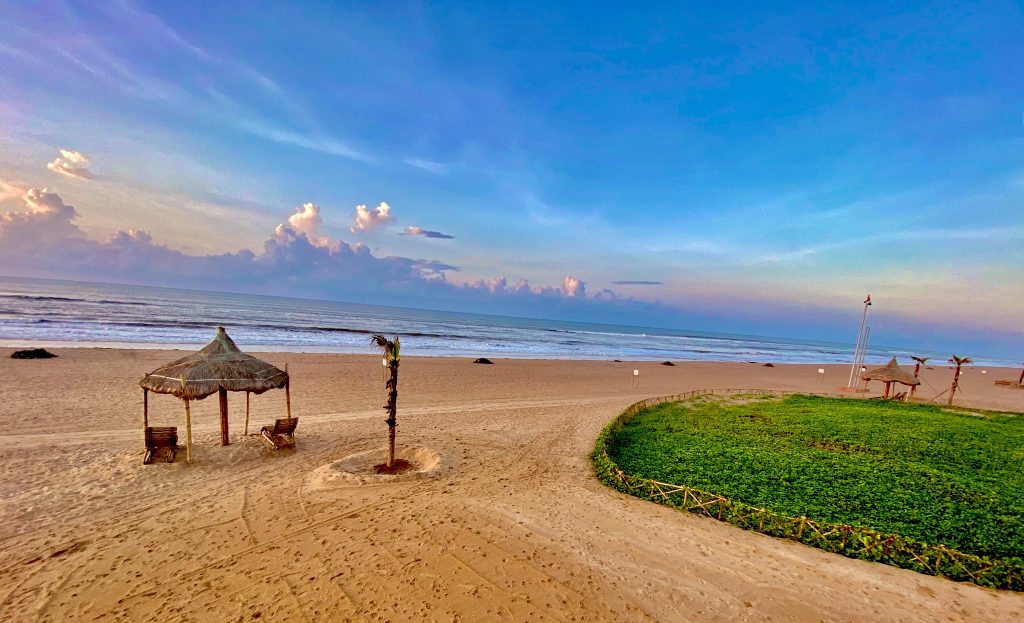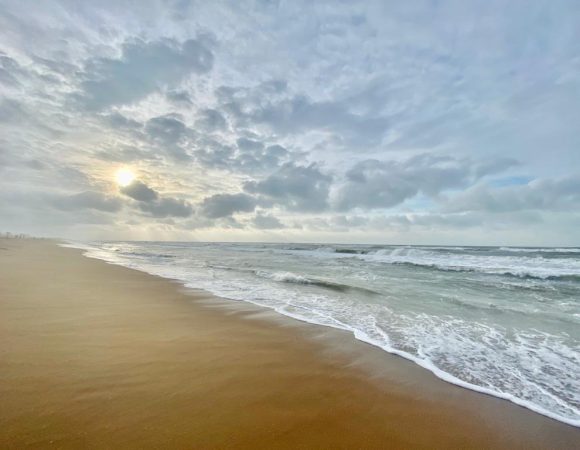Overview
The history of Odisha is based on various available sources. There are several sources like Literary Sources, Foreign Accounts, Inscriptions, Coins, Material Remains, Madala Panji etc, which helps us in writing the history of Odisha. The literary sources provide a lot of information for the reconstruction of the history of a nation as literature is considered as the mirror of the society. The Mahabharata makes the earliest reference to Kalinga and Odra. The Mahabharata mentions about this land and its sacred river Vaitarani and Goddess Viraja. The Jaina and Buddhist literature contains descriptions of Kalinga and Utkala. In ancient time the people of Odisha were largely the followers of Jainism and Buddhism. So, the Jaina and Buddhist literature narrates about the people of ancient Odisha and its culture. The Avasyaka Niryukti reveals that Aranatha, the eighteenth Jaina Tirthankara had achieved his first goal in the city of Rayapura which was said to be a capital city of Kalinga. The Buddhist literature also reflects the history of ancient Odisha. The Mahagovinda Suttanta of Digha Nikaya, mentions ‘Kalinga-rattha’ (Kalinga Rashtra) along with its capital Dantapura. The most valuable of the foreign accounts is that of the Chinese pilgrim Hiuen Tsang who visited Odisha in 638-39 AD. His writings have been made available to us as ‘On Yuan Chwang’s Travels’ by T. Watters, ‘Life of Hiuen Tsang’ by Hwuie and ‘Records of the Buddhist World’.
The region now known as Odisha, was known in ancient times under various names, the most prominent of which were Kalinga, Utkala, Odra, Tosali , Kangoda and Kosala. The present name of Odisha has been derived from the name Odra or Udra or Odraka. The State is bounded by the bay in the east, West Bengal in the north-east, Bihar in the north, Madhya Pradesh in the west and Andhra Pradesh in the south. The territory may be divided into four distinct geographical regions : the Eastern Plateau, the Central River Basin, the Eastern Hill Region and the Coastal Belt. Before India became independent in 1947, Odisha’s capital was at Cuttack. The present capital was subsequently built at Bhubaneshwar, in the vicinity of the city’s historic temples in the east-central coastal plains. In late 2011 the state’s name was officially changed from Orissa to Odisha. Bhubaneswar is the capital city of Odisha.
Bhubaneswar, Dhauli, Pipili, Raghurajpur, Puri, Konark, Chilika, Gopalpur, Waterfalls in Keonjhar & Buddhist Diamond Triangle of Odisha i.e. Lalitgiri-Udayagiri-Ratnagiri
Top Attractions Covered : Lingaraj Temple – Parasurameswar Temple – Rajarani Temple – Mukteswar Temple – Puri Beach – Dhauligiri – Gulmi Waterfall – Konark – Chandrabagha Beach – Chilika Nature Camps – Gopalpur – Udaygiri & Khandagiri Caves – Sanaghagra Nature Camp – Lalitigiri – Ratnagiri – Udaygiri – Pipili – Jagannath Temple – Ramachandi Beach – Sonepur
Places Covered : Baidyanatha-Konark-Keonjhar-Koraput-Berhampur-Jajpur-Puri-Bhubaneswar.







